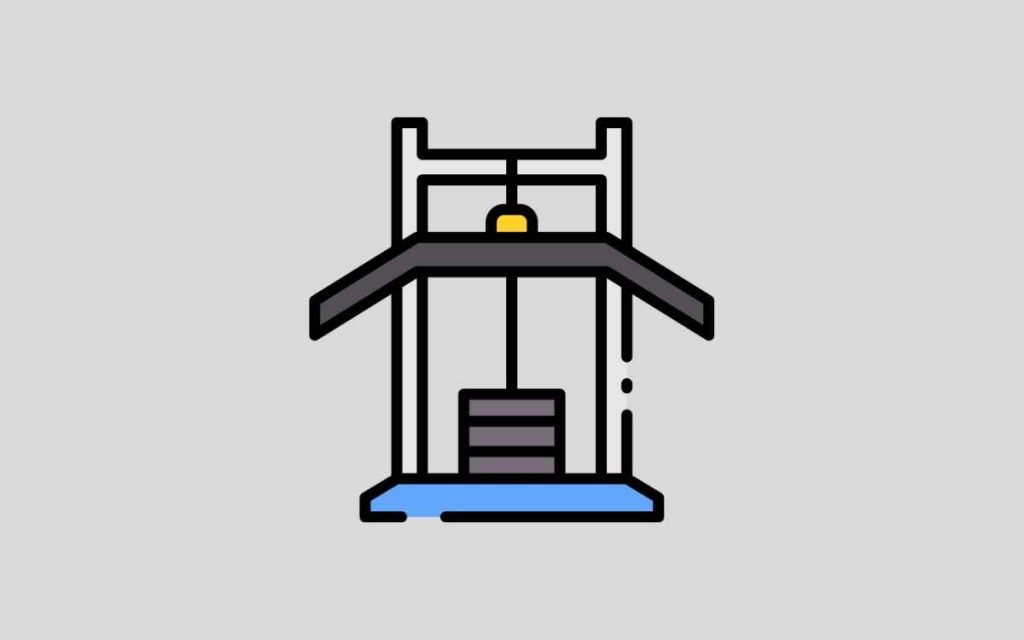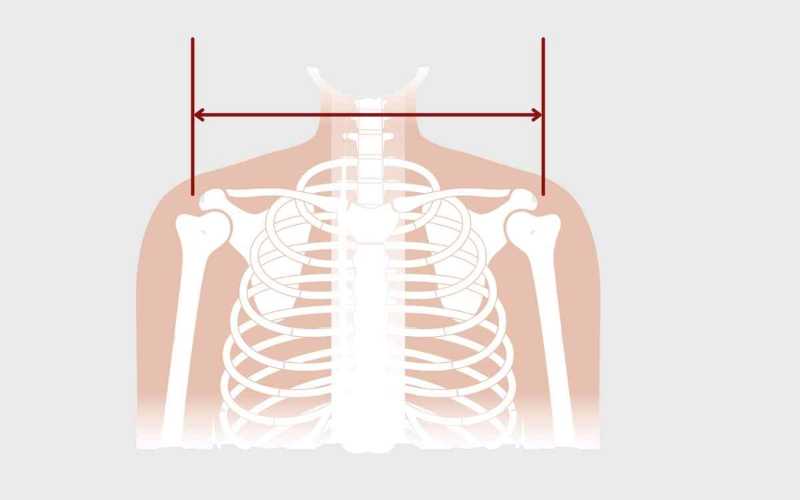Conquer the lat pull-down and target the right muscles with this guide to the best grips on the pulldown bar.

The lat pulldown is an essential exercise for building upper body strength.
When it comes to building world-class lats and upper back muscle, fewer exercises can match the lat pulldown.
But when it comes to the best lat pulldown grip… well… things can get tricky.
This is where the Bro-ScienceTM can get heated and a little confusing.
In this (actual) science-based article, we will take a deeper look at the full range of grips that you can use on a lat pulldown bar.
No more guesswork.
Just straight, cold science.
(And a stronger, more muscular back.)
Let’s jump right in.
Lat Pulldowns – The Basics
The lat pulldown is a staple in every back enthusiast’s portfolio of upper back exercises.
And for good reason.
It’s a multi-joint movement that targets a wide range of muscles in the upper body, including the upper back (traps and lats), the shoulder, biceps, and forearm.
The exercise can be done on a variety of different types of lat pulldown machines, including your standard weight-plate machine, pneumatic machines, and even home pulley systems with plates.
See also: Best Lat Pulldown Machines for Home Gyms
The overhead aspect of the pulldown movement is what really helps engage the lats. These muscles are long and wide, stretching from the pelvis all the way to the upper arm.
Big and strong lats don’t just look good in a t-shirt, but they also help with lumbar flexion, assist in thoracic arm motion (lifting your arm) and can help you breathe better1.
Other muscles that help perform the lat pulldown include:
- Traps
- Brachialis
- Biceps brachii
- Teres major (a muscle along the bottom of the shoulder blade)
- Rhomboids
- Forearms.
Now here comes the fun part…
The way that you grip onto the pulldown bar influences how much impact the exercise will have on different muscles.
Lat Pulldown – The Different Grips
There are five different grip options on the ol’ lat pulldown bar.
They include:
- Supinated narrow grip.
- Supinated medium grip.
- Pronated narrow grip.
- Pronated medium grip.
- Pronated wide grip.
If you are feeling a little overwhelmed by all the anatomy vocab so far, don’t sweat it, I will break them each down one by one.
Pronated vs Supinated Lat Pulldown Grips: Does it make a difference?
These two terms convey the direction that your hands are facing on the lat pulldown bar.
Researchers have long been aware that the lat pulldown works the lats (it’s in the name, after all!), but they wondered if the type of grip or the direction of the forearm on the bar made a difference.
Pronated grip (overhand grip) means you are looking at the top of your hands. When your grip is supinated, you are facing your palms (underhand grip).
They took a group of well-trained lifters1 and had them do reps at 70% of 1RM with four different grips:
- Supinated narrow grip. Hand placement is directly in front of the shoulders.
- Supinated wide grip. This hand placement is 1.5x the width of a narrow grip, the equivalent of just outside of your shoulders.
- Pronated narrow grip. Back of hands facing the lifter, hands place on the bar directly in front of the shoulders.
- Pronated wide grip. Again, hands were placed 1.5x wider than the narrow width, just outside of the shoulders.
The findings?
- The pronated grip fired up more of the lat muscles compared the supinated grips.
- Activation of the middle trapezius and biceps were also measured, and they were similar across all grip widths and forearm orientations.
In other words, if you want to really target the lat muscles, use a pronated grip (back of the hands facing you).
Close, Medium and Wide Lat Pull-down Grips: Which one is Best?
Now that we’ve taken a look at the direction of the hands on the pulldown bar, let’s take a deeper look at where you place the hands on the bar for the desired effect.
Another study2,, with fifteen adult men, had them try a variety of grips on the pulldown bar.
Hands were in pronated position in each instance, and the three grip widths they used were close (1x biacromial distance), medium (1.5x), and wide (2x).
Biacromial distance is an old-school measurement for shoulder width. See the below image for how to measure accurately.
With all three grips, the lats were activated with no significant difference during the concentric phase (pulling down). The only main difference was increased activation in the biceps with a narrow or medium grip.
During the eccentric phase (the lat pulldown bar going back up), the lats were significantly more active in the wide and medium grips compared to the narrow or shoulder-width grip.

This study, plus my own personal experience with clients and training, lead me to suggest that a medium grip is best for most people.
This is mainly because a wide-grip pull is not mechanically advantageous, which means that you will likely have to tone down the weight with this variation.
When doing pronated lat pulldowns, use a wide or medium grip to target the lats. Use a narrow grip if you want more growth in the biceps.
Lat pulldown grips: Should the bar be in front or behind the neck?
Finally, we have another point of contention within the workout community.
Should the bar be pulled down in front of the face or behind the neck?
There’s research that provides an answer here, too.
Researchers tested out a group of lifters3 and had them do lat pulldowns behind the neck, in front of the face, and using a V-bar.
See also: 5 Best Pulley Systems for Home Gyms
Each lifter did five reps at 80% of their maximum.
There was no difference in lat activation in any of the three variations.
The authors went further, noting that “behind-the-neck is not a good lat pull-down technique and should be avoided.”
This makes sense, especially if you’ve watched lifters do this variation, necks craning forward and putting their shoulders into external rotation.
Pulling the lat pull-down bar behind the heck places the shoulder joint into external rotation and promotes poor posture.
Not only is the behind-the-head variation place you into a biomechanically risky position, but in a practical sense, pulling the bar down behind the head provides no real-world function.
When it doesn’t help you build more muscle than pulling the bar down in front of the face, there really isn’t any benefit to this variation.
The Bottom Line
The lat pulldown exercise is a killer exercise for developing upper body strength.
By now, you have an appreciation for how some subtle differences in hand and grip placement can have on your workouts and targeted muscles.
Want a wider back and to really fire up your lats? Use a pronated medium or wide grip.
Looking to swell up the biceps? Use a more narrow grip.
The next time you saddle up to the leg press machine, and the bar is dangling above you, choose the best hand placement for your training goals.
More Lat Pulldown Guides:
⭐ 5 Best Lat Pulldown Bars for Home Gyms. Lat pulldowns are a killer exercise for a stronger and muscular back. Read on for a breakdown of the best lat pulldown bars for home and garage gyms.
6 Best Lat Pulldown Alternatives for a Strong and Muscular Back. The lat pulldown is a cornerstone of most back-building programs. Here are the best lat pulldown alternatives to help you conquer your workout goals.
Banded Lat Pulldowns — Benefits, Variations and How to Do It Like a Pro. The lat pulldown is an excellent way to develop a stronger, more muscular back. Here’s why banded lat pulldowns might be the best variation of this exercise.